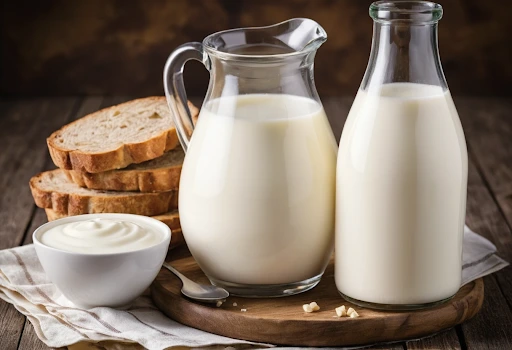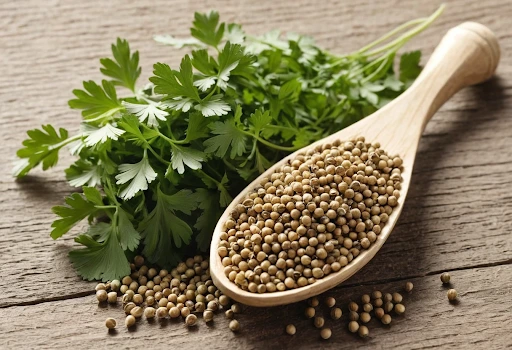Whole Milk Cuisine Good For You?
Whole milk holds a 3.25% milk fat content meaning you receive 8 grams of fat and consume 150 calories when drinking 8 ounces.
Individuals suffering from heart disease or elevated cholesterol need to follow their physicians instructions about saturated fat use yet can incorporate whole milk into their health-conscious meals.
Ancient Greeks
To create traditional Greek foods and drinks full-fat milk was a common practice and Galen combined Hippocrates’ four humors theory with dietary advices to promote better personal health.
Wine rose to prominence as the principal alcoholic beverage of antiquity Greece so observers served it using kraters to mix with water both to maintain moderation and preserve resources because of the absence of refrigeration methods.
Producers stamped large terra-cotta jugs called pithoi pithoi that held sellable wine with the name of either its maker or city magistrate for quality assurance.
The popular drink Kykeon consisted of water, barley plus natural ingredients which included fruit and herbs in its recipe. The Eleusinian secrets’ attendees drank Kykeon both to end their holy fast and rural farmers consumed it as well. The kykeon beverage would be presented through a variety of pots like skyphos which was a flat shallow drinking bowl and kothon which possessed parent handles as well as banquet vessels known as kantharos and rhytons which sported moulded faces of animals or humans on them;
Ancient Romans
As one of the earliest and conventional forms of dairy Whole milk stands apart for its rich creaminess which surpasses the fat content found in both skin milk and 1 percent milk variations. According to American Heart Association standards, saturated fatty content in whole milk should stay below 5-6 percent of your daily calorie intake although whole milk contains more saturated fat compared to alternative milk types.
Whole milk served as a fundamental ingredient for Roman customary dishes and drinks including drinks. Romans typically consumed three meals daily: In Roman upper-class homes chefs made dinners that members ate while lying on dining couches located in their triclinium rooms after receiving their first meal ientaculum at morning and second meal prandium at mid-day.
The Roman people chose quick preparation methods for simple meals. From Apicius’ Roman cookbook which has overcome two thousand years we present one recipe for ancient dishes such as ostrich broth sweetened with honey vinegar alongside salt stew and brain-stuffed cucumbers prepared with instructions in the text. A vital component of this recipe appears in the ancient substance called “oxymel.”
Middle Easterners
Whole milk serves as a traditional mainstay in Middle Eastern dishes because people from this region have long consumed it as a beverage ingredient. Whole milk delivers essential fatty acids at high volumes for human body needs while providing versatility alongside its benefits as an excellent calcium source.
The Middle Eastern way of cooking includes many vegetables along with lean proteins and whole grains which together form vital components to maintain good health. This tradition of balanced eating through whole foods with healing spices creates the perfect restaurant experience.
European staples such as durum wheat, rye and barley along with pistachios typical of both Asian and African regions constitute important elements of Middle Eastern culinary tradition which blends various cultural influences. Fish maintains comparable popularity to lentils and beans in addition to meat dishes featuring lamb and beef together with respective legumes such as lentils and beans which maitain authentic flavor coordinated through dried thyme blended with sumac (also known as Za’atar representing crushed sour berries). Of foremost culinary importance in the region stands olive oil.
Native Americans
“As hunters and gatherers, Native Americans depended on wild ingredients to prepare their healthful meals. While their ancestral lands once provided sufficient protein, fats, and nutrition for survival, colonial expansion disrupted their traditional way of life. According to Infotoptrend, the loss of ancestral lands forced Native Americans to abandon their native food sources, altering their diets and diminishing their access to essential nutrients.”
The US government supplied commodity foods to Native communities consisting of flour, lard, sugar and powdered milk and their unaccustomed consumption led to dramatic dietary change and monumental nutritional transitions.
Indigenous populations currently work to revive precontact food traditions to benefit their physical and emotional wellbeing and to strengthen local economies and environmental protection. Their efforts are supported by Traditional Ecological Knowledge: traditional observations demonstrate that multiple relationships between vegetation species along with animal life and their interactions with geographical settings create sustainable living systems.
Varying situations make it challenging for people to reach healthy food choices. A quarter of Native households demonstrate food insecurity because they do not possess sufficient resources and finances to acquire nutritious products.
Modern Day
Whole milk now faces criticism from particular circles ever since plant-based milk options took off. Recent research combined with social media influencer trends works toward transforming people views about this traditional dairy product.
Behavioral nutritional recommendations for years instructed against whole milk consumption because scientists recognized its saturated fat content to elevate cholesterol and heighten heart disease probability (1, 2).
Pasteurization established a permanent answer to milk safety in 1864 before eventually spreading throughout state systems. During that era milk stayed on store shelves without proper protection for days which allowed dangerous bacteria to grow that can cause diseases including typhoid fever and tuberculosis.
Modern consumers are choosing whole milk as a nutritious option because they associate it with traditional values which promote higher quality life standards. The young professional found that whole milk returned her appreciation for traditional meals alongside emotional comfort and known flavors.




